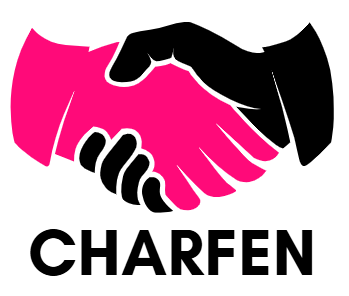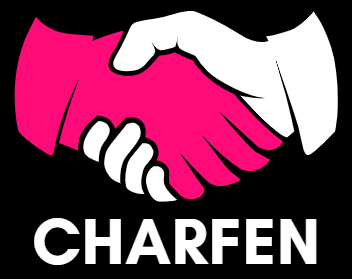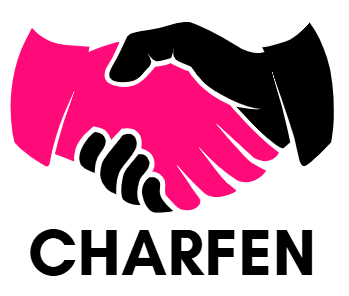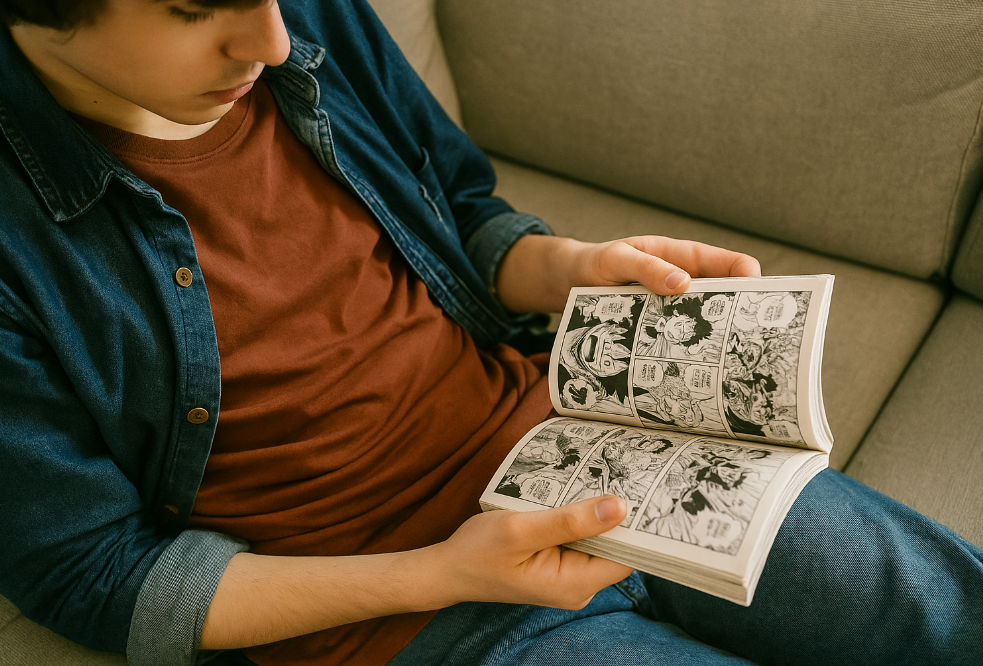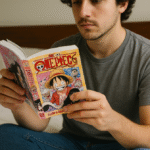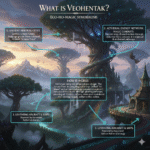In a world increasingly dominated by digital distractions, finding the motivation to pick up a book isn’t always easy especially for those who didn’t grow up loving literature. Yet, manga offers an unusual but effective path back to the habit of reading. With its compelling characters, immersive plots, and accessible format, manga isn’t just entertainment; it can be a true stepping stone for building consistent reading habits. Whether you’re a reluctant reader, a teenager overwhelmed by thick novels, or simply curious about what makes manga so gripping, this article breaks down how manga can help you rediscover the joy of reading one panel at a time.
Manga as a gateway for reluctant readers
Manga isn’t just for fans of Japanese pop culture it has become a powerful introduction to reading for people who might have never considered themselves “book lovers.” For individuals who struggle with traditional novels due to language barriers, attention span, or lack of visual engagement, manga creates a highly digestible reading experience. Thanks to its combination of striking imagery and minimal but effective dialogue, it’s easier to follow than dense prose. This is especially true for series with clear narratives and emotionally driven characters like One Piece figures, which can draw in even the most hesitant reader and keep them engaged from volume to volume.
Readers who find it difficult to concentrate on large chunks of text often find manga easier to commit to. The visual nature of manga also supports readers with dyslexia or attention-related difficulties, giving them an entry point that doesn’t feel forced or overly academic. Beyond accessibility, the storylines in manga tend to reflect relatable human themes: identity, friendship, loss, growth. These emotional undercurrents build empathy and connection core aspects of deeper reading engagement. This is more than just pictures with words. It’s visual literature.
Building a reading habit through visual narratives
Reading isn’t always about quantity it’s about consistency. And manga, with its addictive pacing and ongoing plots, encourages regular reading in a way few other mediums do. Unlike stand-alone novels that require a significant upfront investment of time and mental effort, manga volumes are short, punchy, and highly digestible making them ideal for short reading sessions. A person who reads one or two volumes per week is already engaging in habitual reading. Over time, this familiarity with narrative structures, character development and storytelling rhythm begins to mirror the experience of reading longer, more text-heavy formats. For some, manga becomes the bridge between visual media and traditional literature.
Moreover, platforms like anime figures and related merchandise ecosystems help solidify emotional connections to characters. When people feel connected to a story, they are more likely to continue engaging with its universe through spin-offs, light novels, and even fan fiction all of which further deepen the reading habit. Younger readers, in particular, benefit greatly from this structured progression. Series like My Hero Academia, Naruto, or Demon Slayer are paced to hook interest early, develop layered arcs over time, and motivate the reader to keep turning pages.
What makes manga more approachable than books?
Let’s not romanticise the printed novel for many, it’s a daunting block of text. Manga, in contrast, invites you in. Its digestible format and expressive illustrations reduce the intimidation factor, creating an easy entry point for people unfamiliar with books.
Key elements that make manga accessible
- Visual reinforcement of meaning
Manga shows rather than tells. Facial expressions, scenery, fight sequences all are drawn with detail and emotion, letting the reader intuitively grasp what’s happening without needing a lengthy description. This lowers the barrier to comprehension, particularly for younger or second-language readers. - Serial structure
Unlike novels that require long reading sessions, manga thrives on short, episodic content. This taps into modern reading habits shaped by social media and short videos giving just enough story to feel rewarding, but never overwhelming. - Emotional investment through artwork
Humans are wired to respond to faces, and manga uses this to its advantage. The exaggerated emotions, comic timing, and unique character designs drive immediate emotional attachment, which is often more powerful than with text alone.
Can manga lead to other forms of reading?
Many critics argue that manga doesn’t count as “real reading,” but this couldn’t be further from the truth. In reality, manga often acts as a launchpad into other genres of literature. Once readers build the habit of following stories, they often begin to explore light novels, visual novels, or even traditional fiction. It’s not uncommon to see someone who started with Attack on Titan move on to the original light novel versions, then into full novels that explore similar themes. Additionally, many manga series are adapted from or expanded into books. Death Note: Another Note, for example, is a prose novel that expands the manga universe. A reader engaged in manga is likely to explore these formats out of genuine interest. This shows that manga doesn’t just support reading it nurtures curiosity about different storytelling formats. It builds literary confidence.
Are all manga suitable for new readers?
While manga offers an approachable format, not all series are ideal for beginners. Some contain complex themes, confusing timelines, or culturally specific references that might be harder to digest without prior context.
How to choose the right manga as a first read
For someone just starting out, the best manga are often:
- Story-driven but not overly complex
- Easy to follow artistically (clear panel flow)
- Emotionally engaging
- Widely accessible in translation
Series like One Piece, Fruits Basket, Spy x Family, or Dr. Stone strike that balance offering clear story arcs and appealing characters without overwhelming the reader. Parents looking to encourage their children to read might start with Pokémon Adventures, while older teens could explore Blue Period for emotional depth and artistic inspiration. Ultimately, the best manga to start with is the one that resonates with the reader’s interests whether that’s fantasy, romance, sports, or slice of life. Once the spark is lit, the habit forms naturally.
Reading manga opens more than just books
Manga doesn’t just unlock reading it unlocks imagination, empathy, and creativity. For many, it is the first step toward falling in love with stories in all forms. Rather than debating whether manga is “real” reading, we should recognise its power to build consistent reading habits, especially for those who previously felt alienated by books. It provides rhythm, reward, and emotional resonance the very things that make us want to read more. Have you ever found yourself pulled into a manga world, one volume after another? You might already be on your reading journey you just didn’t know it yet.
